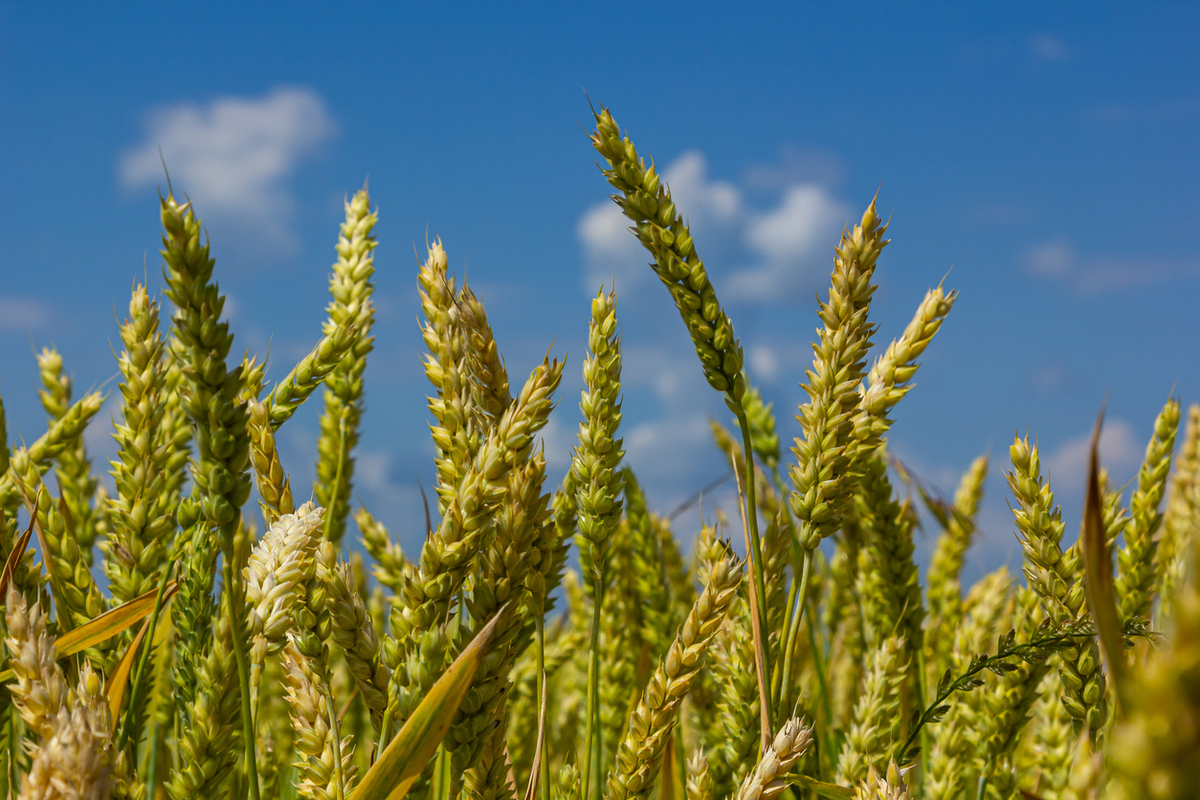
Gene Editing Enhances Barley’s Grain Storability and Nutritional Value
July 30, 2025| |
Researchers from Hangzhou Normal University and Zhejiang University in China successfully improved the grain storability and nutritional content of barley by targeting key lipoxygenase (LOX) genes through CRISPR-Cas9 technology. Their findings show that silencing specific LOX genes leads to significantly improved grain longevity, higher fatty acid content, and better seedling growth after storage.
The study identified five LOX genes in the barley genome, with HvLOXC1 and HvLOXA showing higher expression in developing grains and embryos, respectively. Using CRISPR-Cas9, the researchers generated transgene-free barley mutants targeting loxB, loxC1, and a double mutant loxAloxC1. All mutants exhibited normal growth characteristics, but the loxAloxC1 double mutant showed a 94% reduction in LOX activity and a 10–21% increase in fatty acid content compared to wild-type plants.
The researchers concluded that the loxAloxC1 mutants demonstrated superior storability marked by higher germination rates and reduced lipid peroxidation. The study highlights HvLOXA as a key gene regulating LOX enzyme activity and grain viability. The success of developing transgene-free, gene-edited barley offers a promising method to create commercially valuable varieties with enhanced resilience and quality.
For more information, read the study from GM Crops & Food.
| |
You might also like:
- Scientists Discover Critical Immune Component in Barley
- Century-Old Experiment and New Research Identify Genes that Help Barley's Adaptability
- Scientists Crack the Code for Bigger Barley Grains
Biotech Updates is a weekly newsletter of ISAAA, a not-for-profit organization. It is distributed for free to over 22,000 subscribers worldwide to inform them about the key developments in biosciences, especially in biotechnology. Your support will help us in our mission to feed the world with knowledge. You can help by donating as little as $10.
-
See more articles:
-
Gene Editing Supplement (July 30, 2025)
-
Research and Tools
- Israeli Researchers Develop Scalable CRISPR-Based Gene Editing to Improve Tomato Traits
- Gene Editing Enhances Barley’s Grain Storability and Nutritional Value
- Study Unravels Leaflet Formation in Soybeans
-
Public Acceptance and Engagement
- Survey Shows Consumer Acceptance of Gene-Edited Bananas in the Philippines, Japan, and China
-
Read the latest: - Biotech Updates (December 17, 2025)
- Gene Editing Supplement (December 17, 2025)
- Gene Drive Supplement (February 22, 2023)
-
Subscribe to BU: - Share
- Tweet

